11 GPTs for Risk Identification Powered by AI for Free of 2026
AI GPTs for Risk Identification are advanced tools designed to pinpoint and analyze potential risks using Generative Pre-trained Transformers technology. These tools leverage the power of AI to process and interpret vast amounts of data, identifying patterns and anomalies that could signify risks. Their relevance in risk management stems from their ability to offer precise, data-driven insights, making them indispensable for proactive risk assessment and mitigation strategies.
Top 10 GPTs for Risk Identification are: Internal Audit and Risk Management GPT,AI Contract Review,HomeScore,Legal Assistant Pro,🔒 CyberSentry Guardian GPT 🛡️,Operational Risk Advisor,私人律师(刑事),Summit Analyst,Contract Checker,🎓 Student Engagement Analyzer GPT 📊
Internal Audit and Risk Management GPT
AI-Powered Audit and Risk Insights
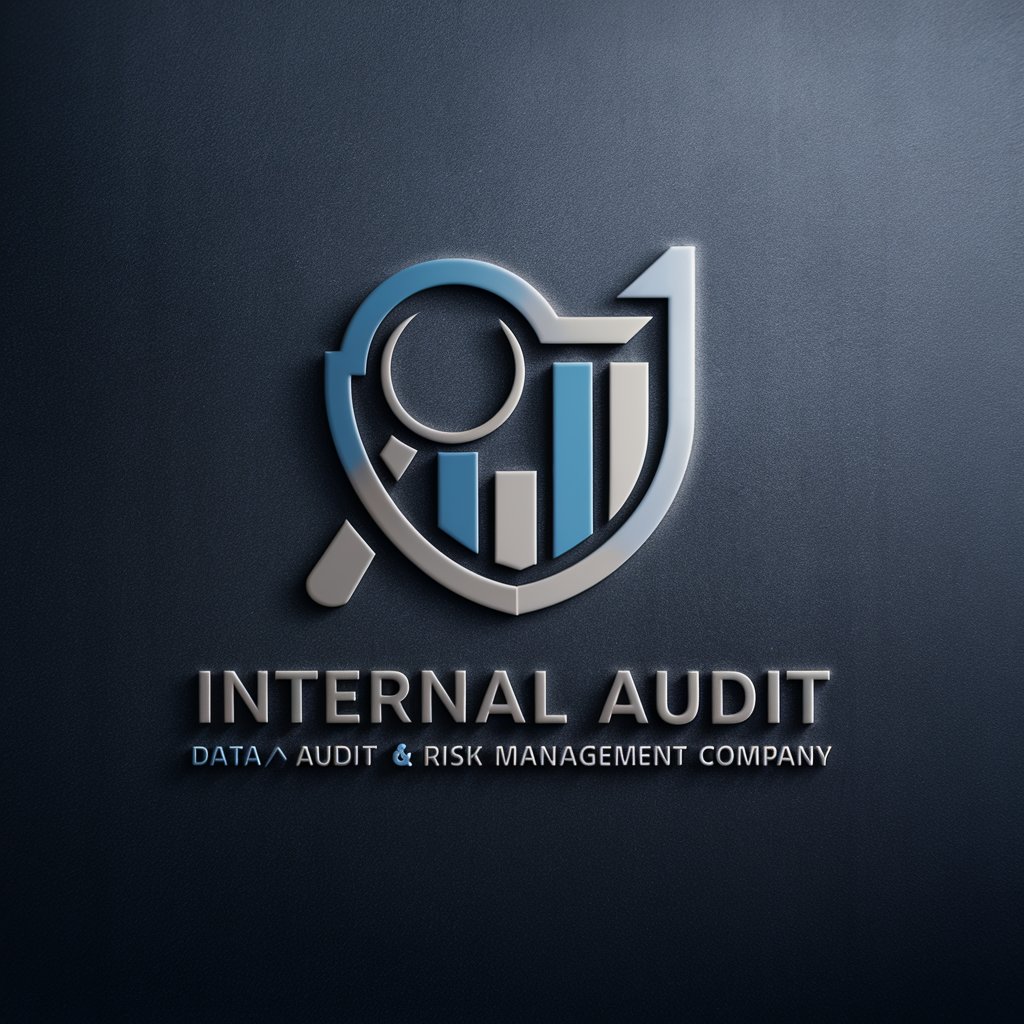
AI Contract Review
Empowering Contract Insights with AI
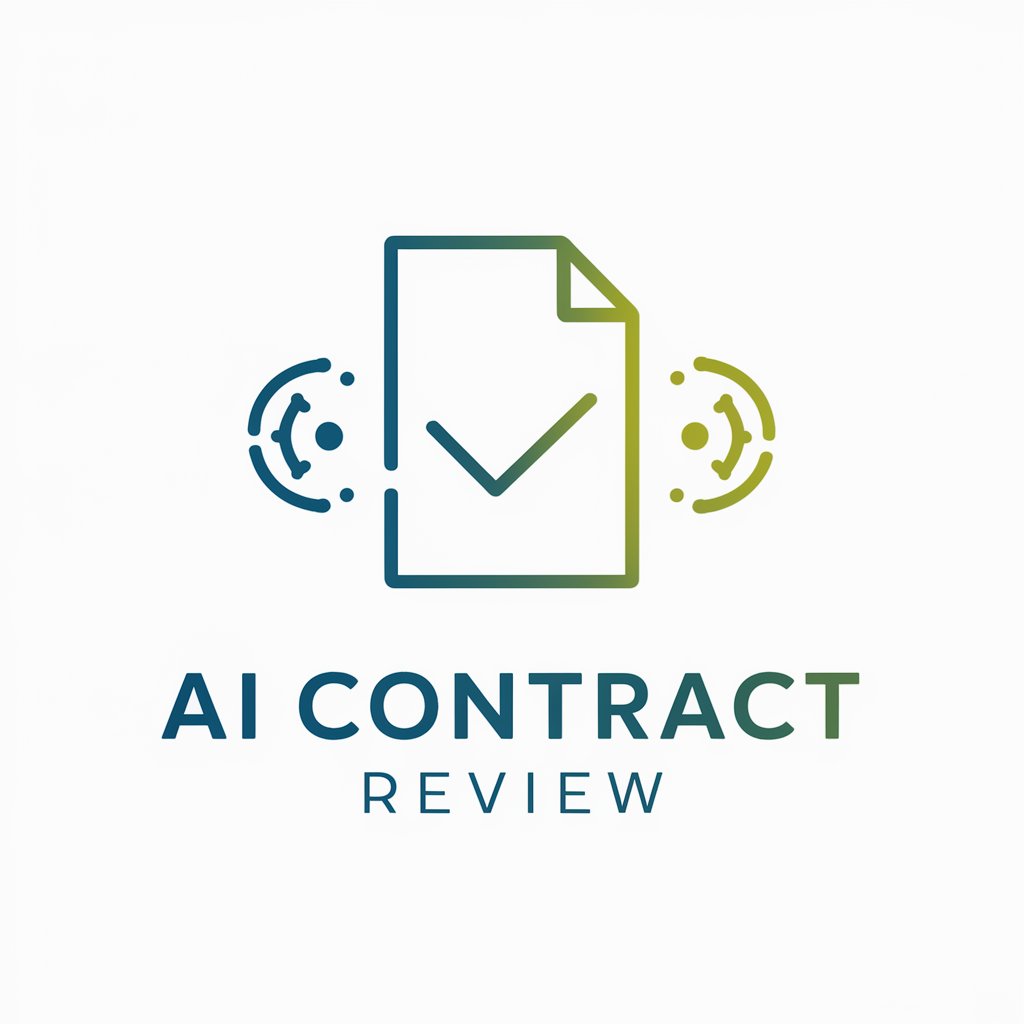
HomeScore
Unlock Property Insights with AI Precision

Legal Assistant Pro
AI-Powered Legal Document Drafting
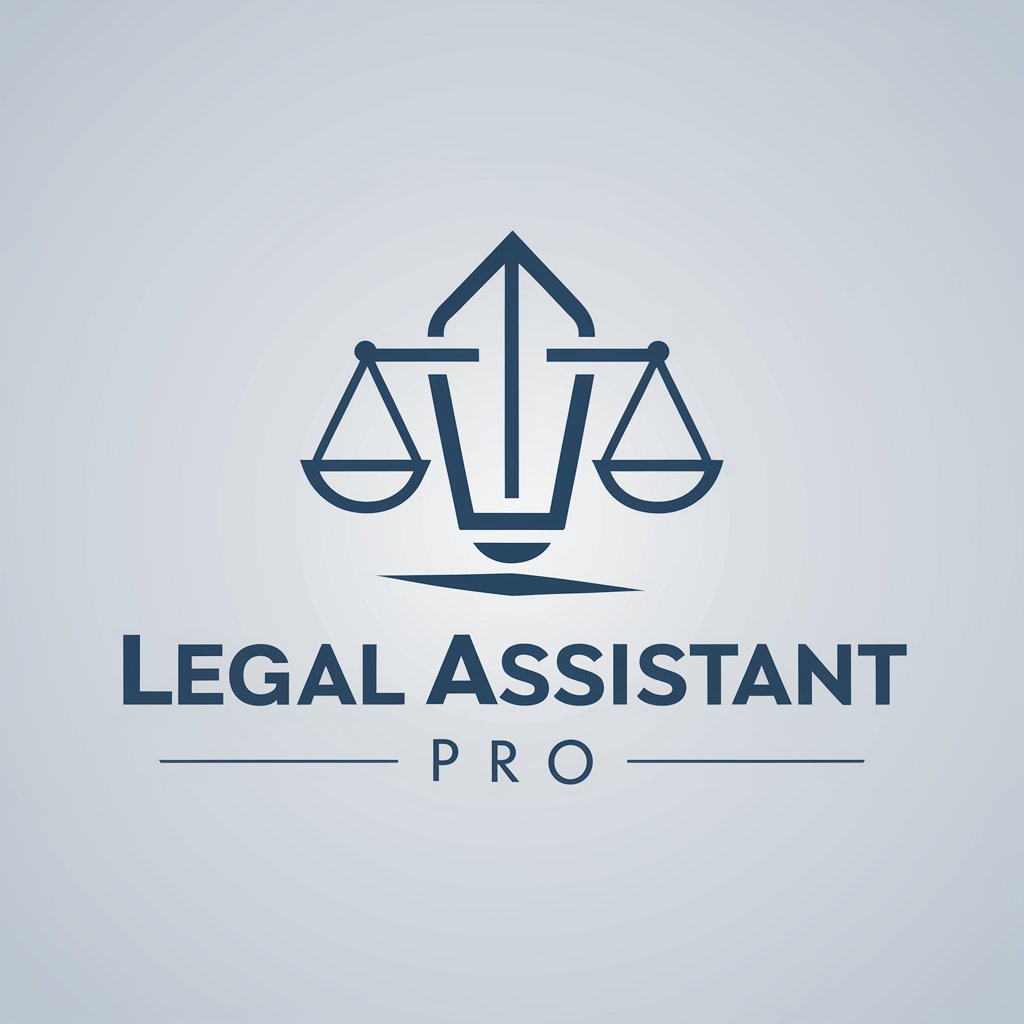
🔒 CyberSentry Guardian GPT 🛡️
Empowering Digital Security with AI
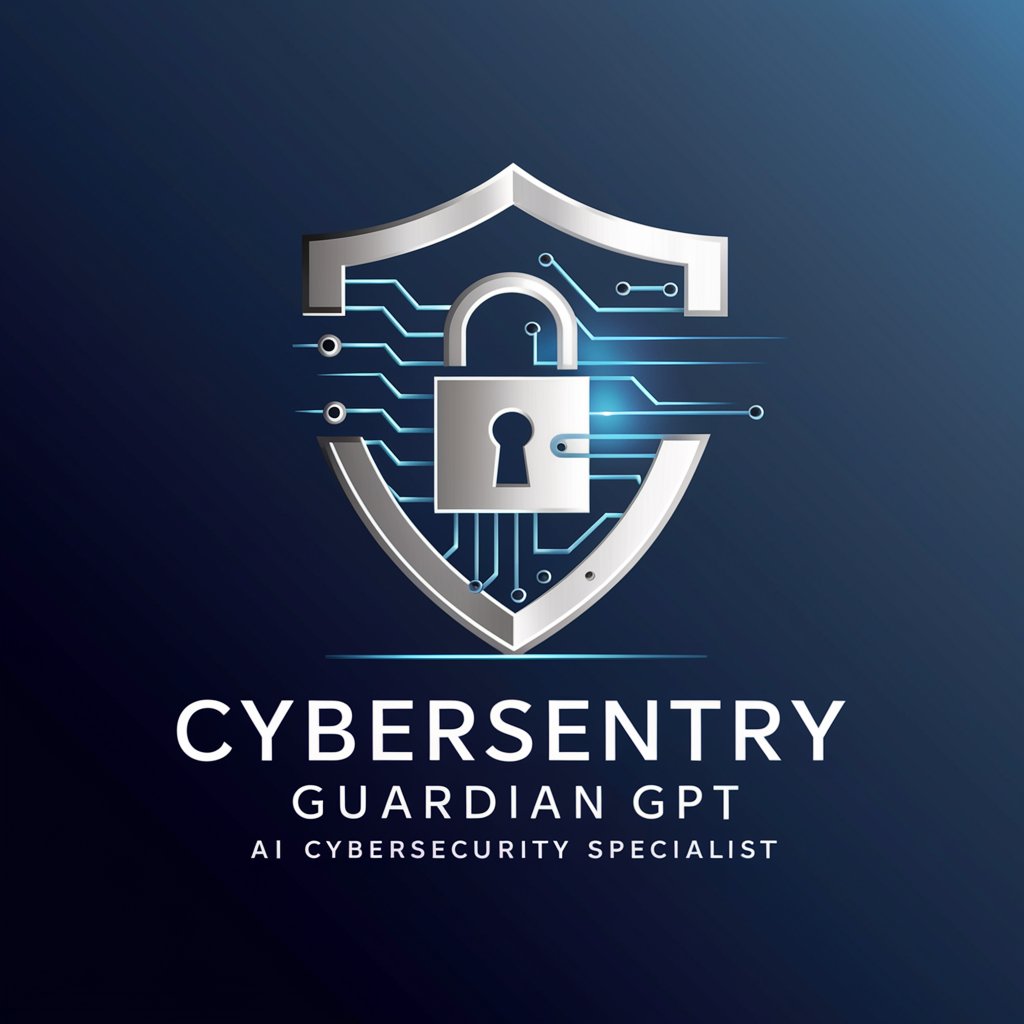
Operational Risk Advisor
AI-driven Risk Mitigation Insights
私人律师(刑事)
AI-powered legal insights and risk analysis.

Summit Analyst
Transforming Text into Actionable Insights
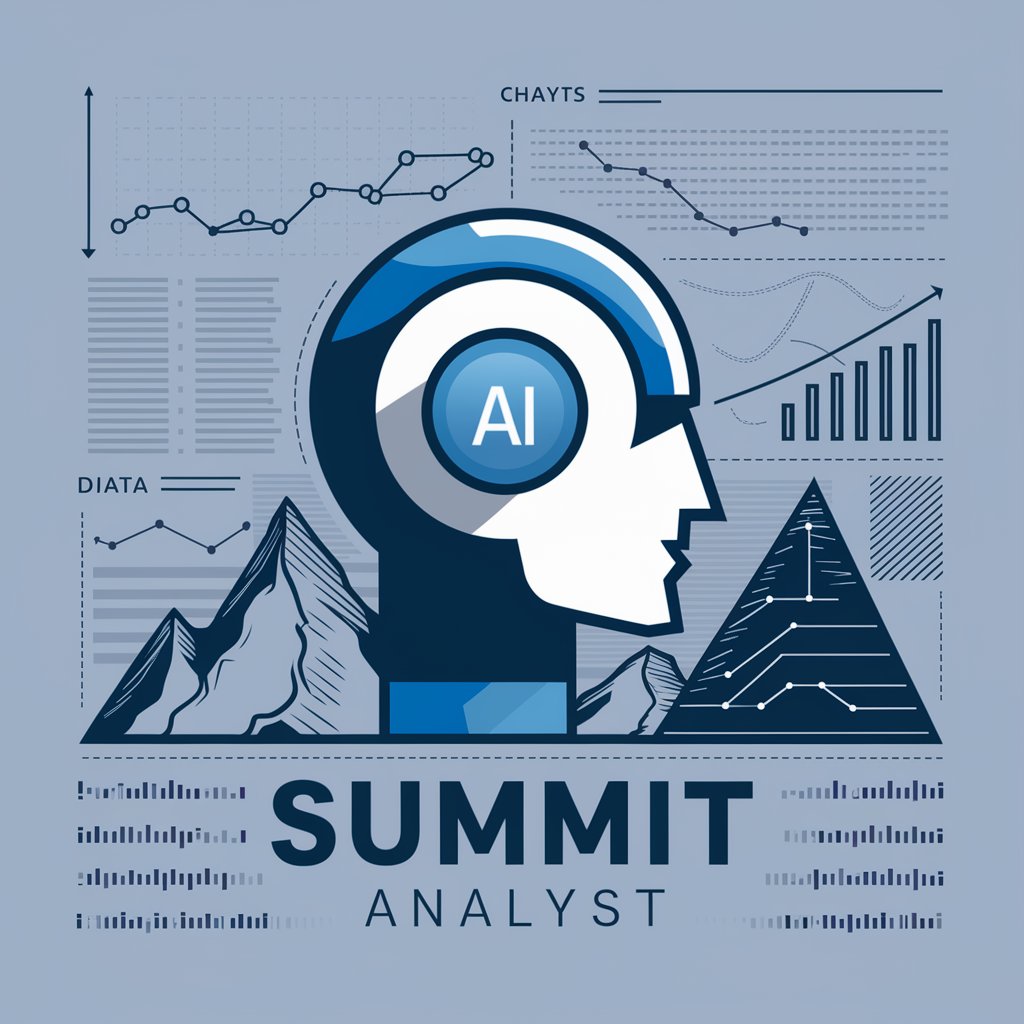
Contract Checker
Empowering Contract Intelligence with AI
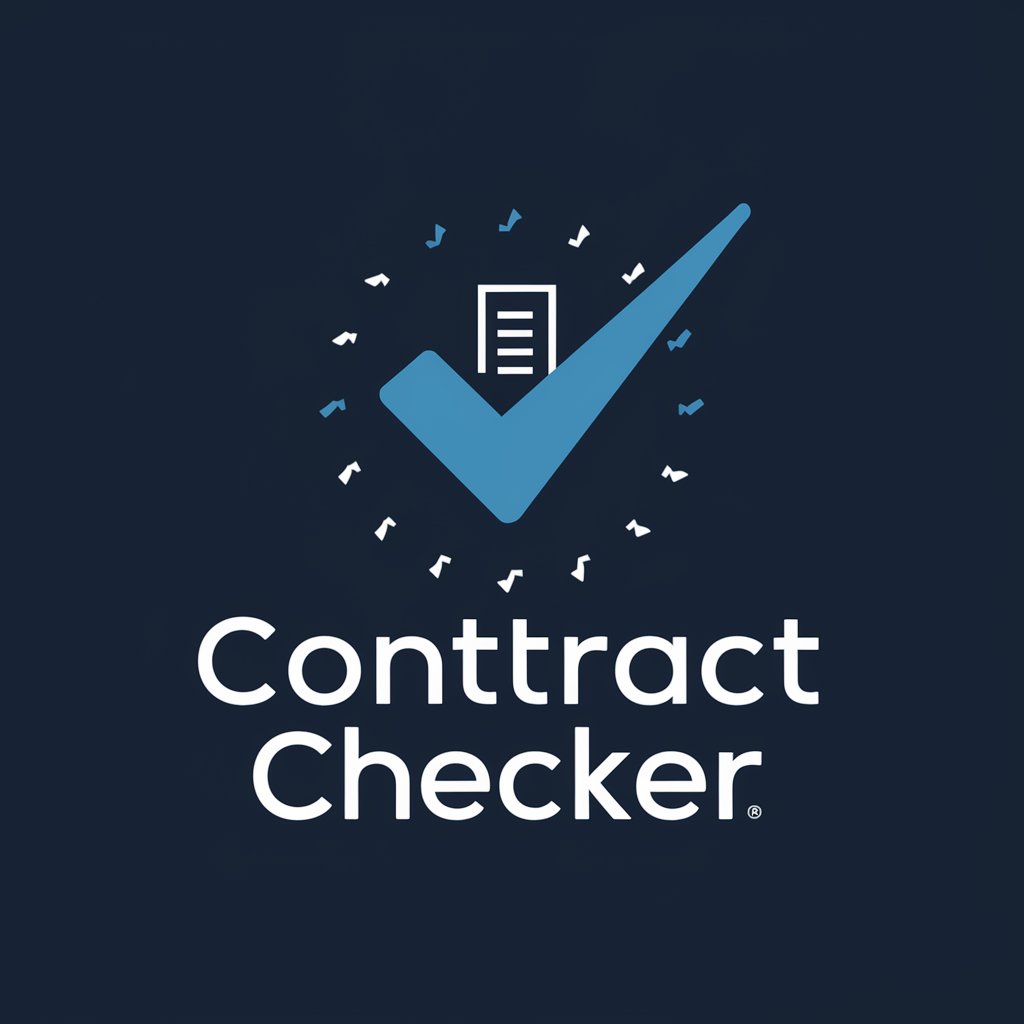
🎓 Student Engagement Analyzer GPT 📊
AI-powered insights into student engagement

Peliriippuvuustesti
Assess, Understand, and Address Gaming Risks
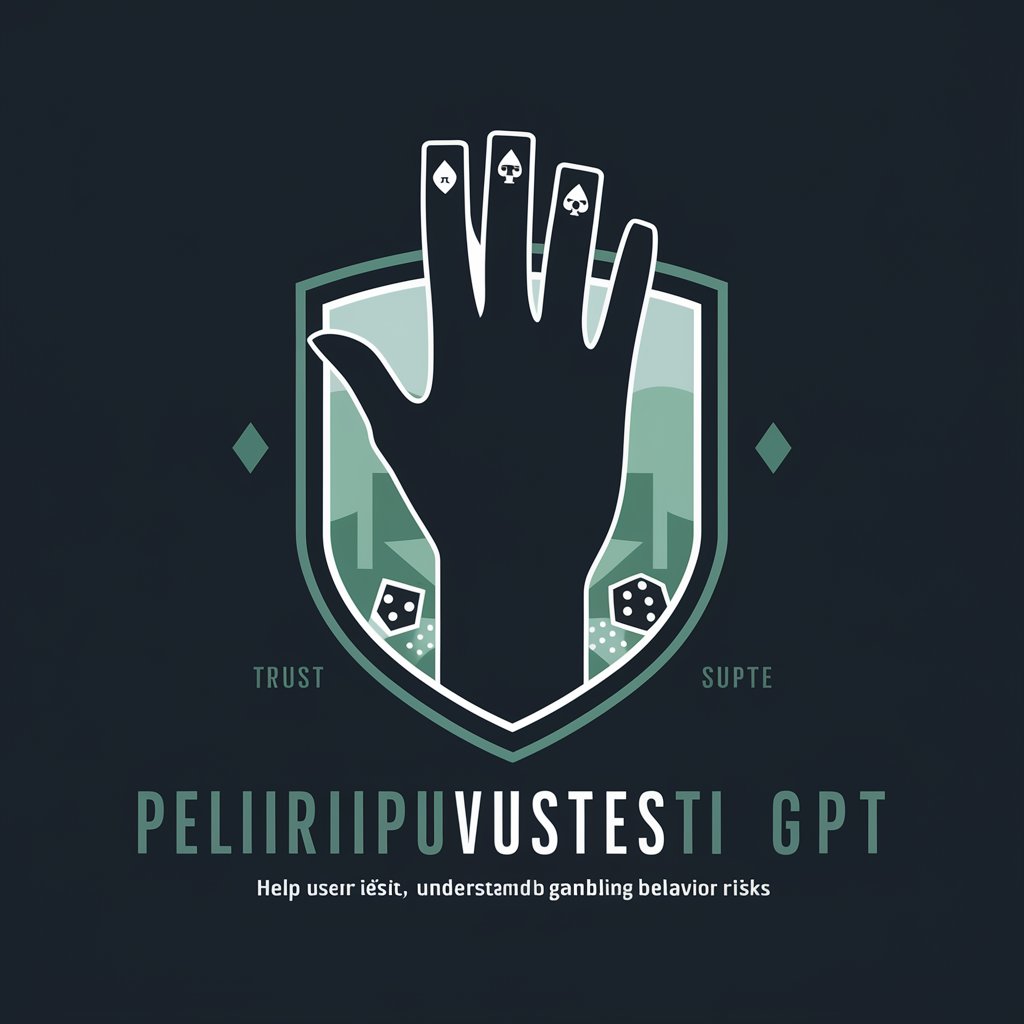
Key Attributes and Functions
These GPT tools stand out for their adaptability, capable of handling tasks ranging from simple data analysis to complex risk prediction models. Key features include advanced natural language processing for understanding and generating human-like text, machine learning capabilities for continuous improvement from data, and versatile integration options for various risk management frameworks. Special functionalities might encompass real-time monitoring, predictive analytics, and scenario simulation to identify and evaluate potential risks effectively.
Who Benefits from AI GPTs in Risk Identification
AI GPTs for Risk Identification cater to a broad audience, including risk management novices seeking intuitive tools, developers looking for customizable AI solutions, and professionals in fields like finance, healthcare, and cybersecurity who require sophisticated risk analysis capabilities. These tools are designed to be user-friendly for those with minimal technical background while offering advanced features for experts to tailor the AI to specific needs.
Try Our other AI GPTs tools for Free
Audit Reporting
Discover AI GPTs for Audit Reporting: innovative tools transforming audit processes through advanced analytics, tailored solutions, and user-friendly interfaces.
Growth Hacking
Discover how AI GPTs revolutionize Growth Hacking with adaptive strategies, tailored content, and insightful analytics for dynamic market success.
Cultural Symbolism
Explore the world of cultural symbols with AI GPTs designed to understand, generate, and analyze culturally significant content. Ideal for educators, researchers, and creatives.
Automated Tutoring
Discover AI-powered GPTs for Automated Tutoring, revolutionizing personalized learning with adaptive, interactive tutoring solutions for all subjects.
Argumentation Skills
Explore AI GPTs for Argumentation Skills: advanced tools designed to refine your argumentation and debate abilities through AI-driven insights and support.
Promotional Graphics
Discover the power of AI GPTs for Promotional Graphics, revolutionizing how professional and engaging marketing materials are created with ease and efficiency.
Further Perspectives on AI GPTs
AI GPTs for Risk Identification not only offer a robust solution for risk analysis but also enhance decision-making processes with their predictive capabilities. Their user-friendly interfaces ensure wide accessibility, while the option for integration allows for seamless incorporation into existing workflows, thus providing a versatile and efficient approach to managing risks across diverse sectors.
Frequently Asked Questions
What exactly are AI GPTs for Risk Identification?
AI GPTs for Risk Identification are specialized AI tools that use generative pre-trained transformer technology to identify, analyze, and predict risks across various domains.
How do these tools identify risks?
They analyze large datasets to detect patterns, anomalies, and potential risk factors using advanced algorithms and machine learning techniques.
Can non-technical users operate these tools effectively?
Yes, these tools are designed with user-friendly interfaces, making them accessible to non-technical users while also providing customization options for more technical users.
What makes AI GPTs superior in risk identification?
Their ability to process and analyze vast amounts of data in real-time, adapt to new information, and generate predictive insights sets them apart in risk identification.
Are these tools applicable in any industry?
Yes, AI GPTs for Risk Identification are versatile and can be tailored to specific industry needs, making them applicable across various sectors.
Can these tools integrate with existing systems?
Absolutely, they are designed to be compatible with various platforms and can easily integrate with existing risk management frameworks.
How do they adapt to new and emerging risks?
Through continuous learning and updating algorithms based on new data, these tools can adapt to identify and assess emerging risks.
What are the limitations of AI GPTs in risk identification?
While highly effective, they may require significant data to function optimally and could be limited by the quality and relevance of the data they are trained on.